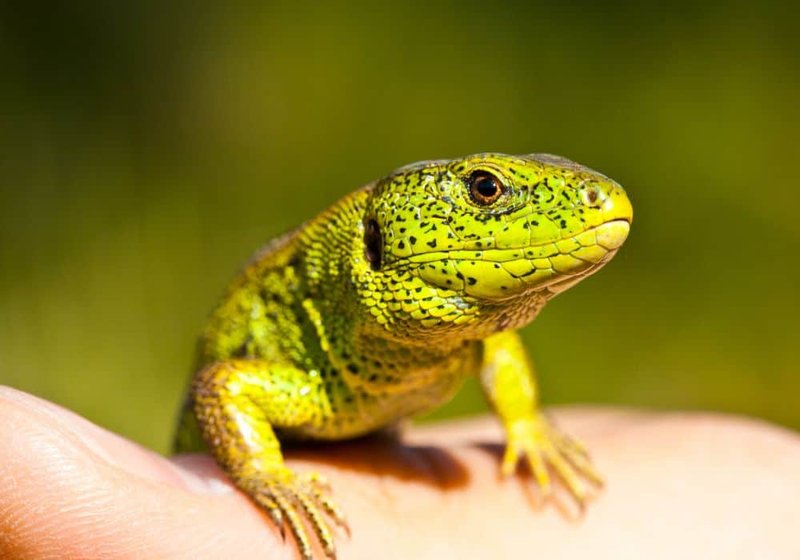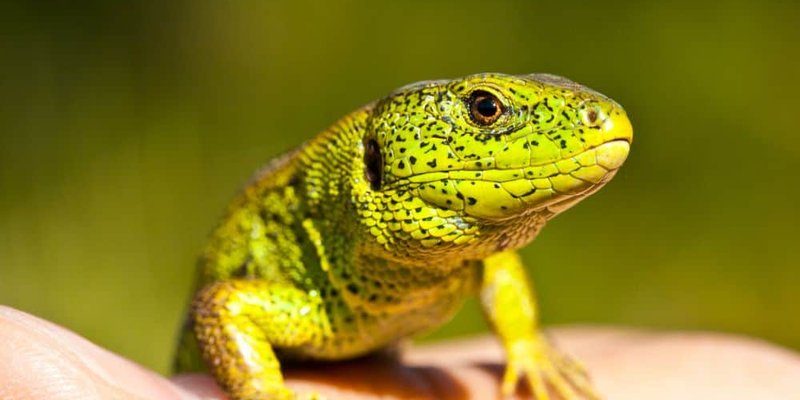
Imagine a world where lizards are seen not just as creatures slinking through hot sands but as important symbols of transformation and resilience. Just like a lizard can regenerate its tail, many cultures view these animals as emblems of renewal and change. So, let’s journey through the significance of lizards in culture and symbolism, exploring how they’ve inspired art, mythology, and personal beliefs throughout history.
Lizards in Ancient Mythologies
Many ancient civilizations revered lizards in their mythologies. In Egyptian culture, for instance, the lizard was often associated with the sun god, Ra. They believed that lizards, with their ability to bask in the sun, were intermediaries between the sun god and the earth. The Egyptians even had goddesses depicted with lizard-like features, symbolizing protection and renewal.
Moving to Mesoamerican cultures, the Maya viewed lizards as symbols of the earth’s fertility. They believed that these reptiles represented the connection between the physical world and the spiritual realm. In their artworks and ceremonies, lizards often symbolized the cycle of life and death, a core belief for these ancient peoples.
Additionally, in Australian Aboriginal cultures, the lizard holds a sacred place. Stories about the Rainbow Serpent, which is often depicted as a lizard-like creature, highlight the lizard’s importance to creation myths and the land’s identity. These narratives pass down wisdom about the environment and respect for nature, illustrating how deeply embedded lizards are in cultural storytelling.
Lizards as Symbols of Transformation
One of the most powerful symbols associated with lizards is transformation. Just like the lizard’s ability to shed its tail, many cultures interpret this process as a metaphor for personal growth and renewal. In various Indigenous cultures, lizards symbolize resilience and adaptability, traits that are essential for surviving in a constantly changing world.
You might be surprised to learn that some even view lizards as messengers. In certain African traditions, when a lizard crosses your path, it’s seen as a sign that you need to embrace change in your life. This perspective encourages individuals to let go of the past and make way for new beginnings, much like how a lizard can regenerate when it loses its tail.
Moreover, in some Asian cultures, the lizard represents an internal transformation, indicating that spiritual awakening or self-reflection is on the horizon. This symbolism encourages openness to change, pushing people to explore different aspects of themselves.
Lizards in Art and Literature
Lizards have inspired countless artists and writers throughout history. From ancient pottery adorned with lizard motifs to modern paintings, these creatures capture the imagination. For instance, the famous Frida Kahlo, a Mexican painter, often incorporated lizards and other animals into her works, symbolizing her connection to nature and her own struggles.
In literature, you can find lizards symbolizing everything from stealth to cunning. In folklore, they often play roles that teach important life lessons. Take Aesop’s fables, where lizards symbolize cleverness and adaptability—traits that help characters navigate their challenges.
These artistic expressions demonstrate how lizards are not only physical creatures but also cultural symbols that reflect our human experiences. Artists use them to convey messages about resilience, transformation, and the interconnectedness of life, bridging the gap between the natural and the human world.
Lizard Symbolism in Dreams
Have you ever dreamt about a lizard? In many dream interpretations, lizards signify intuition and subconscious thoughts. They can represent the instinctual side of our personality or a hidden aspect of ourselves that craves attention. If you find yourself dreaming about a lizard, it may be a gentle nudge from your subconscious to pay attention to your gut feelings or explore your feelings more deeply.
Additionally, some dream interpretations suggest that lizards indicate the need for self-reflection and adaptation. They remind us to shed old habits and embrace new opportunities, much like a lizard shedding its tail. This symbolism can be particularly helpful during times of change or stress, serving as a reminder that growth often involves releasing the old to make room for the new.
So, the next time you wake from a dream featuring a lizard, consider what changes or transformations you might need to address in your waking life.
The Role of Lizards in Spiritual Practices
Many spiritual practices around the world regard lizards as totems or spirit animals. In Native American traditions, for example, the lizard is often seen as a protector. This creature is believed to offer guidance in times of uncertainty and encourages individuals to be adaptable and open-minded.
In some African spiritual beliefs, lizards are messengers of the ancestors. They remind individuals to remain grounded in their roots while navigating their current challenges. Rituals involving lizards often focus on honoring one’s heritage and embracing the lessons learned from past generations.
You might also come across practices where people carry lizard imagery as a talisman or charm. These symbols are thought to bring good fortune and encourage personal transformations. So, whether it’s a pendant or a tattoo, incorporating lizard imagery into one’s life can serve as a constant reminder of resilience and adaptability.
Modern Interpretations of Lizard Symbolism
Today, lizards are often embraced as symbols of freedom and independence. In a world that often feels chaotic, the lizard represents the ability to thrive in any situation. They teach us to navigate life’s ups and downs with grace and confidence.
Moreover, with the rise in popularity of reptiles as pets, the lizard has taken on a new role in modern culture. Many people view them as companions that bring relaxation and a sense of peace. The act of observing a lizard’s calm demeanor can serve as a reminder to slow down and appreciate the little moments in life.
In social media and popular culture, lizards often symbolize coolness and chill vibes. You might see lizards featured in memes that celebrate the idea of taking life easy. This modern twist on lizard symbolism reflects our collective desire to adapt positively to life’s challenges while finding a sense of balance.
From ancient mythologies to modern interpretations, lizards hold a rich tapestry of meanings and symbols across cultures. They remind us of the importance of transformation, resilience, and adaptation. As creatures that thrive under diverse conditions, lizards inspire us to honor our roots while embracing change.
Whether you view lizards as totems of personal growth, symbols of artistic inspiration, or simply fascinating animals, there’s no denying their impact on culture and symbolism. Next time you see a lizard scurrying by, take a moment to appreciate its significance—not just as a creature of the wild but as a symbol of the human experience, reflecting our struggles, victories, and continuous journey toward transformation.

